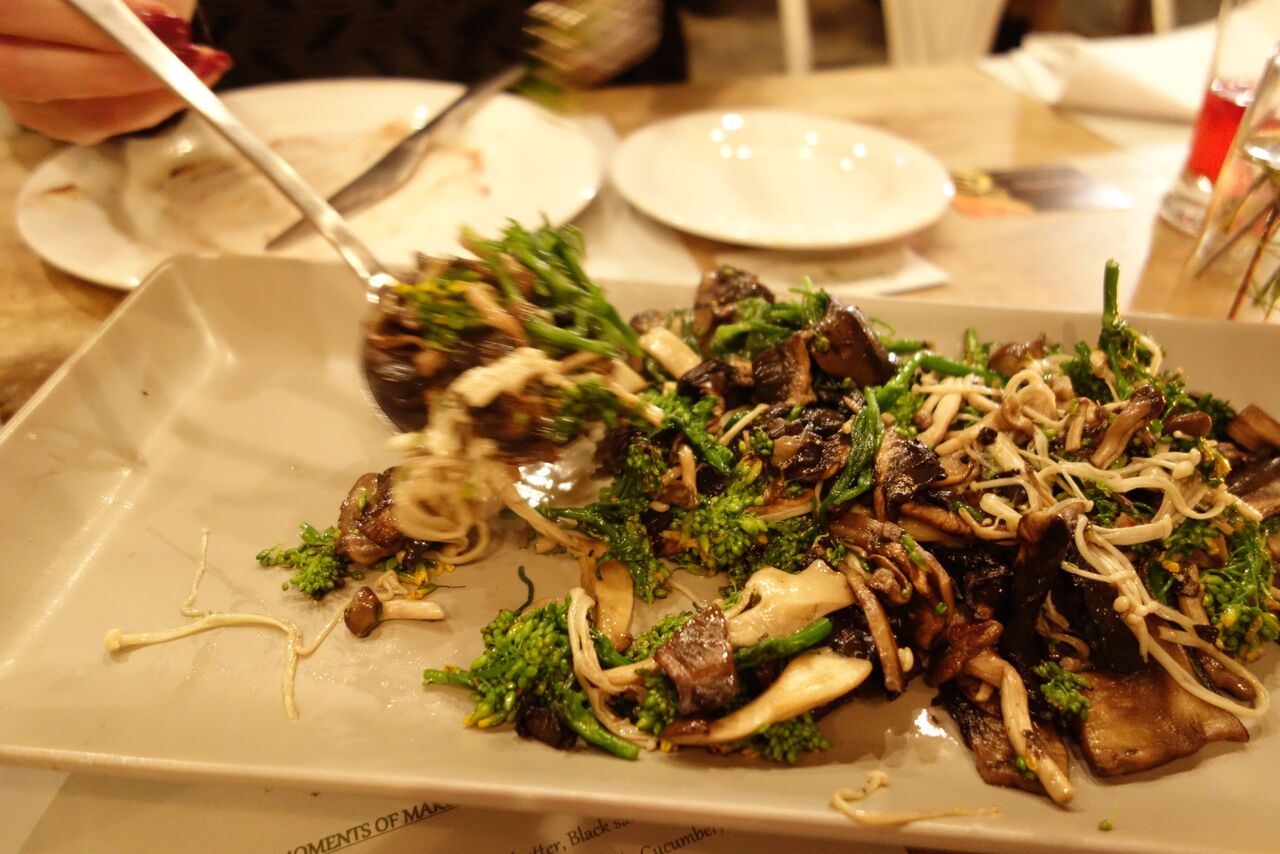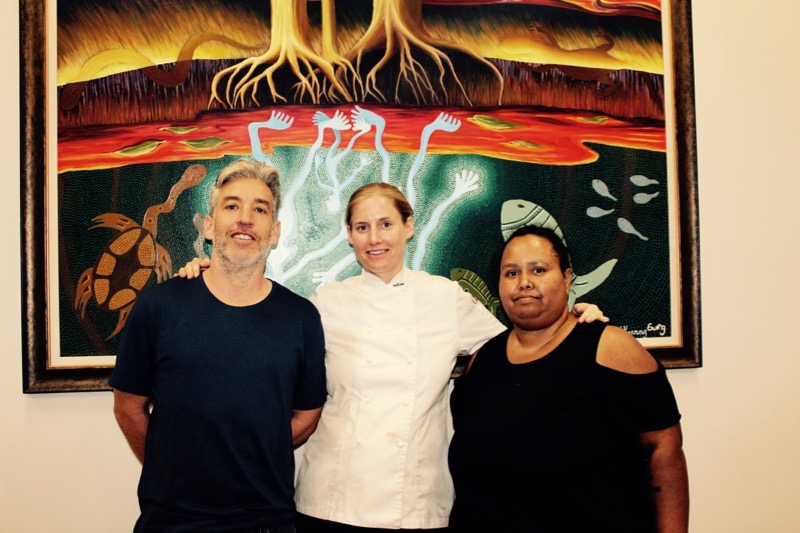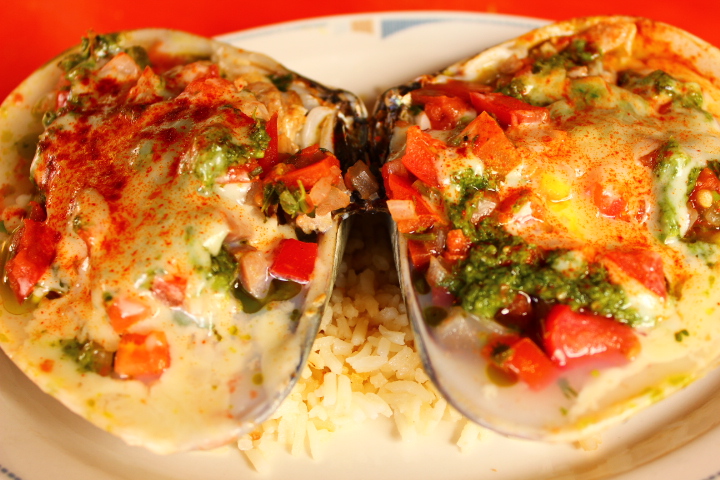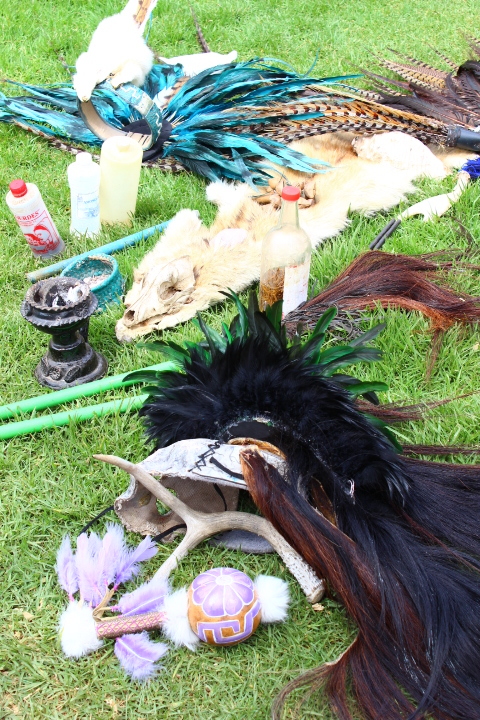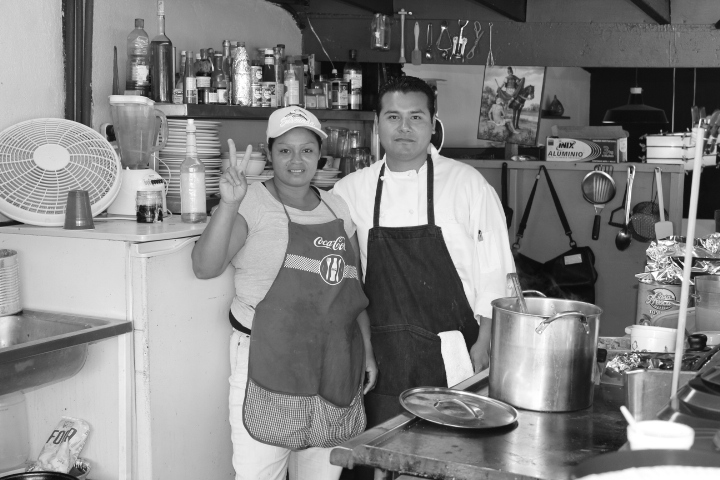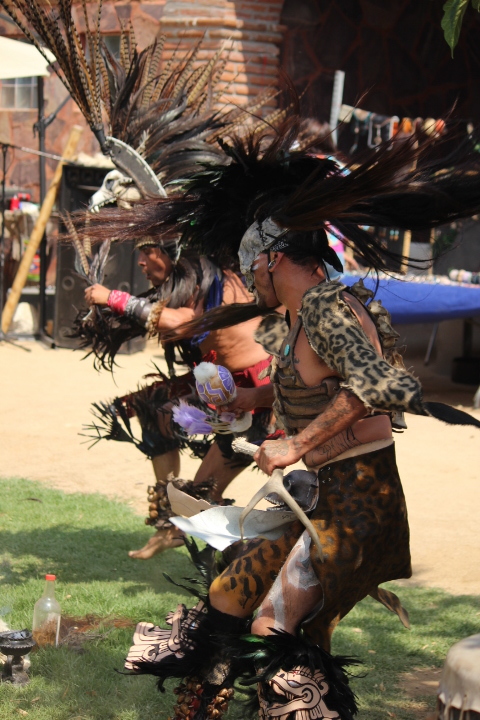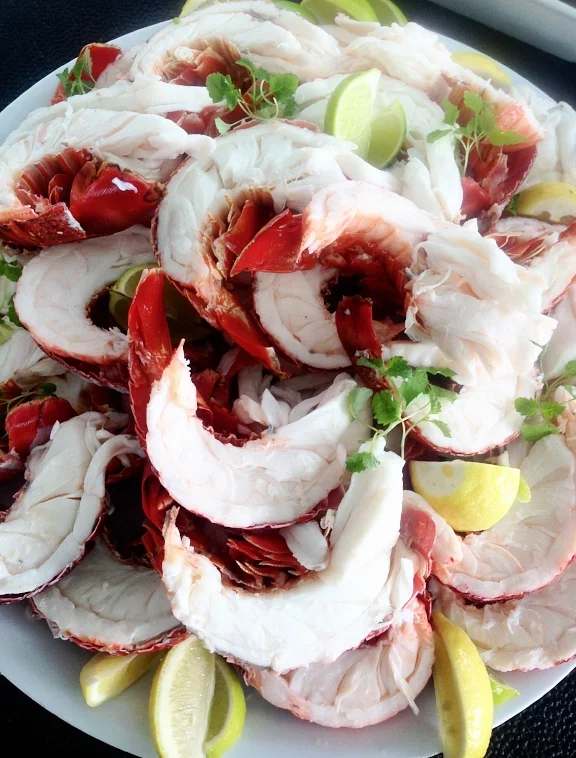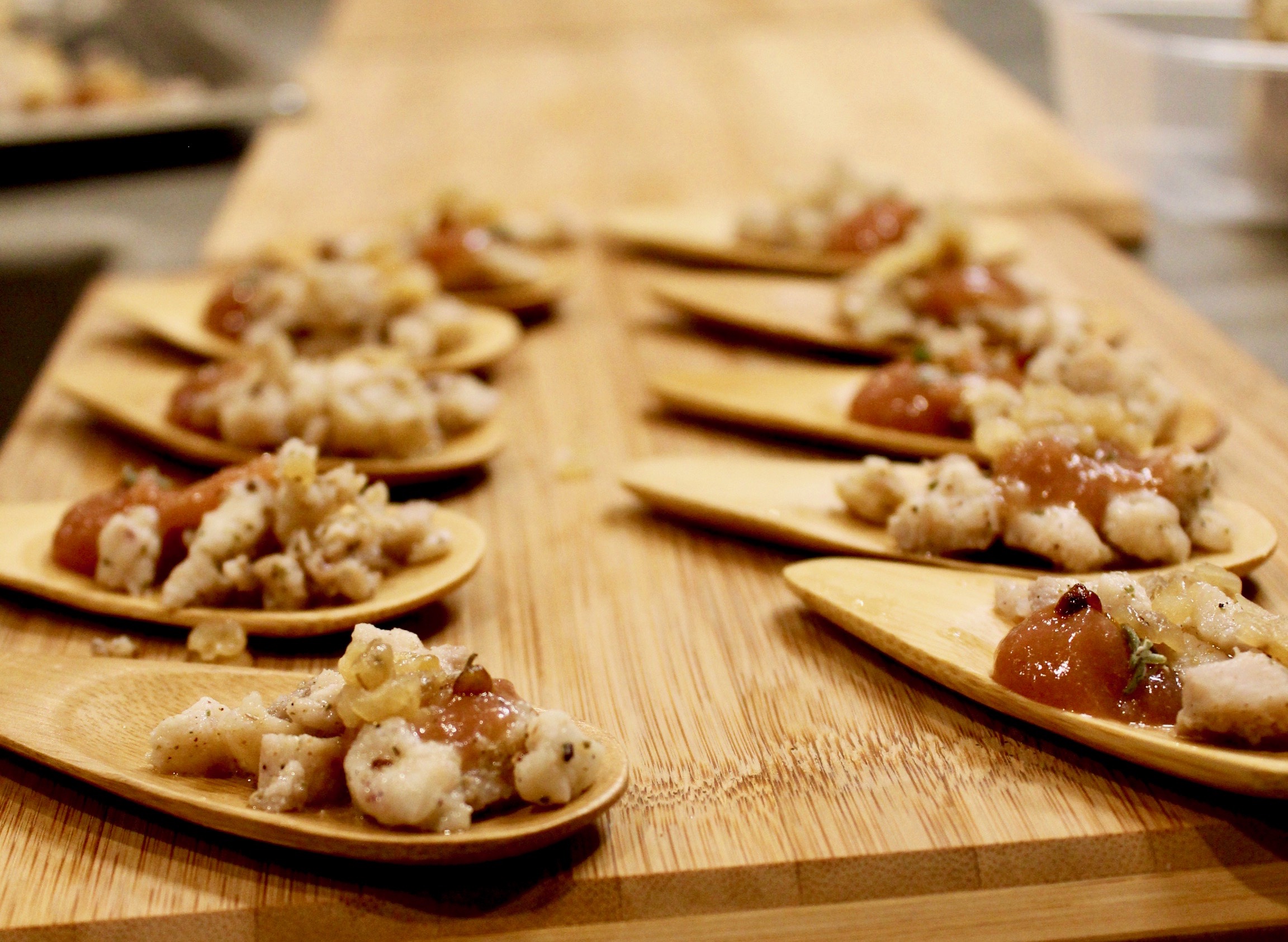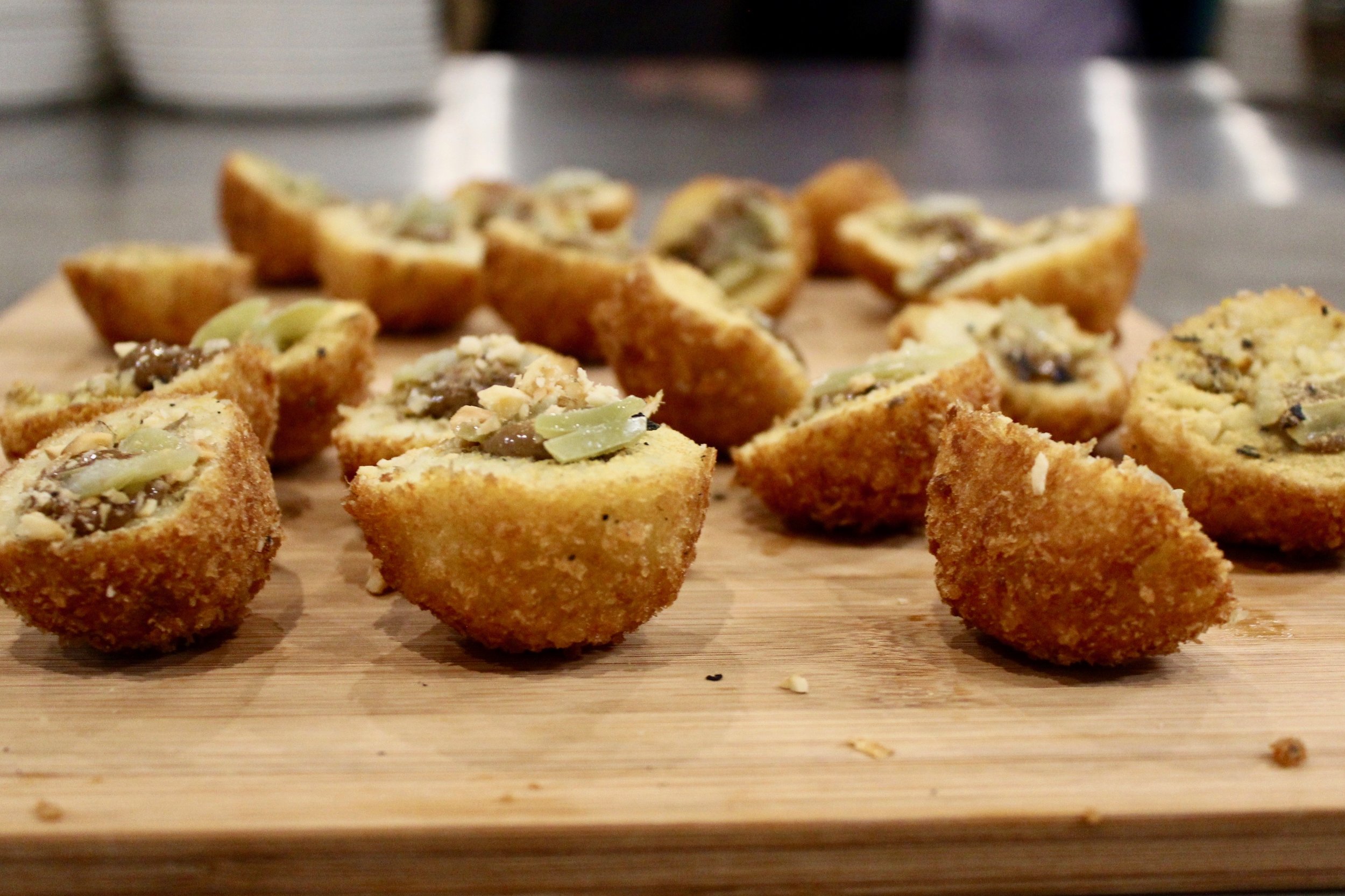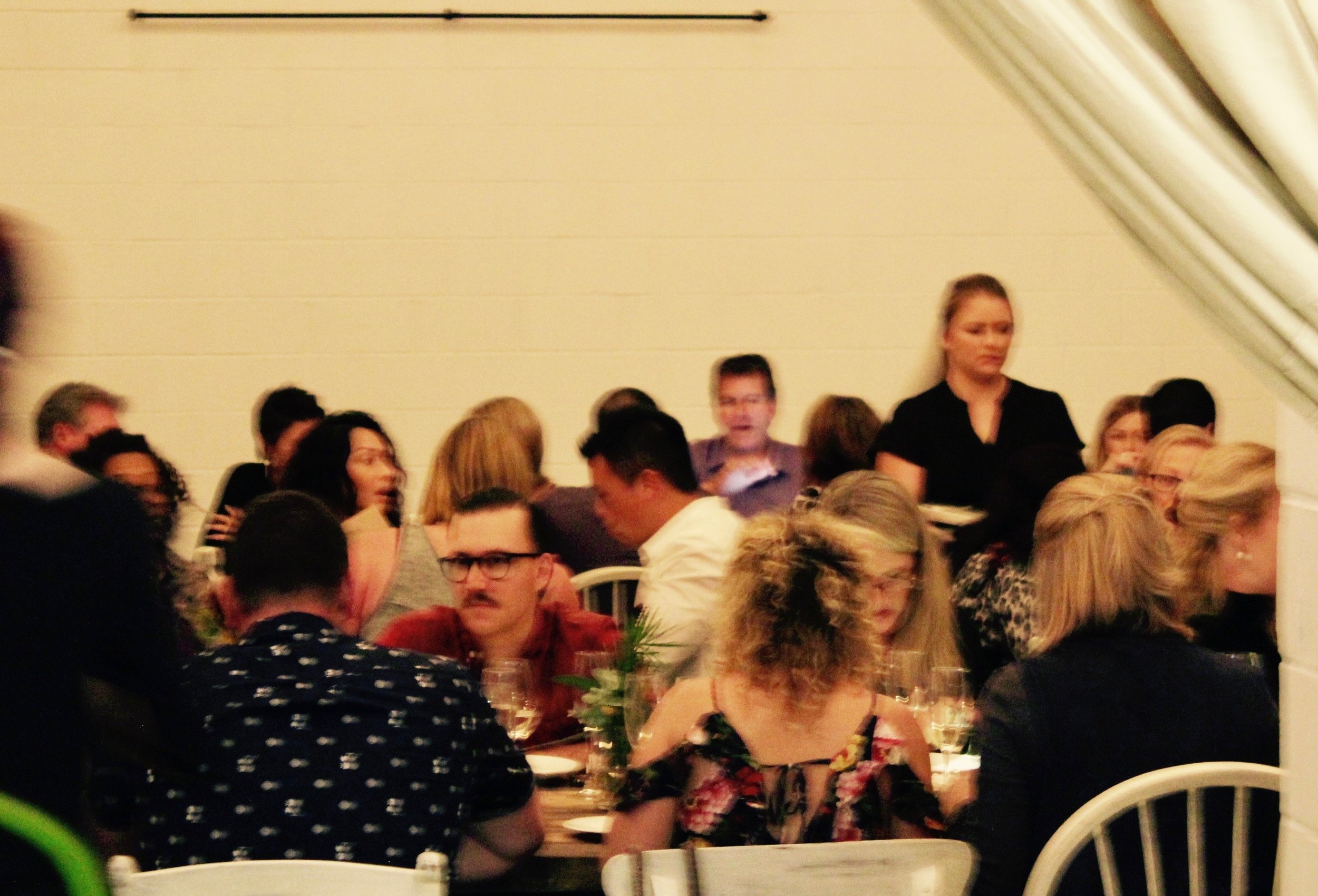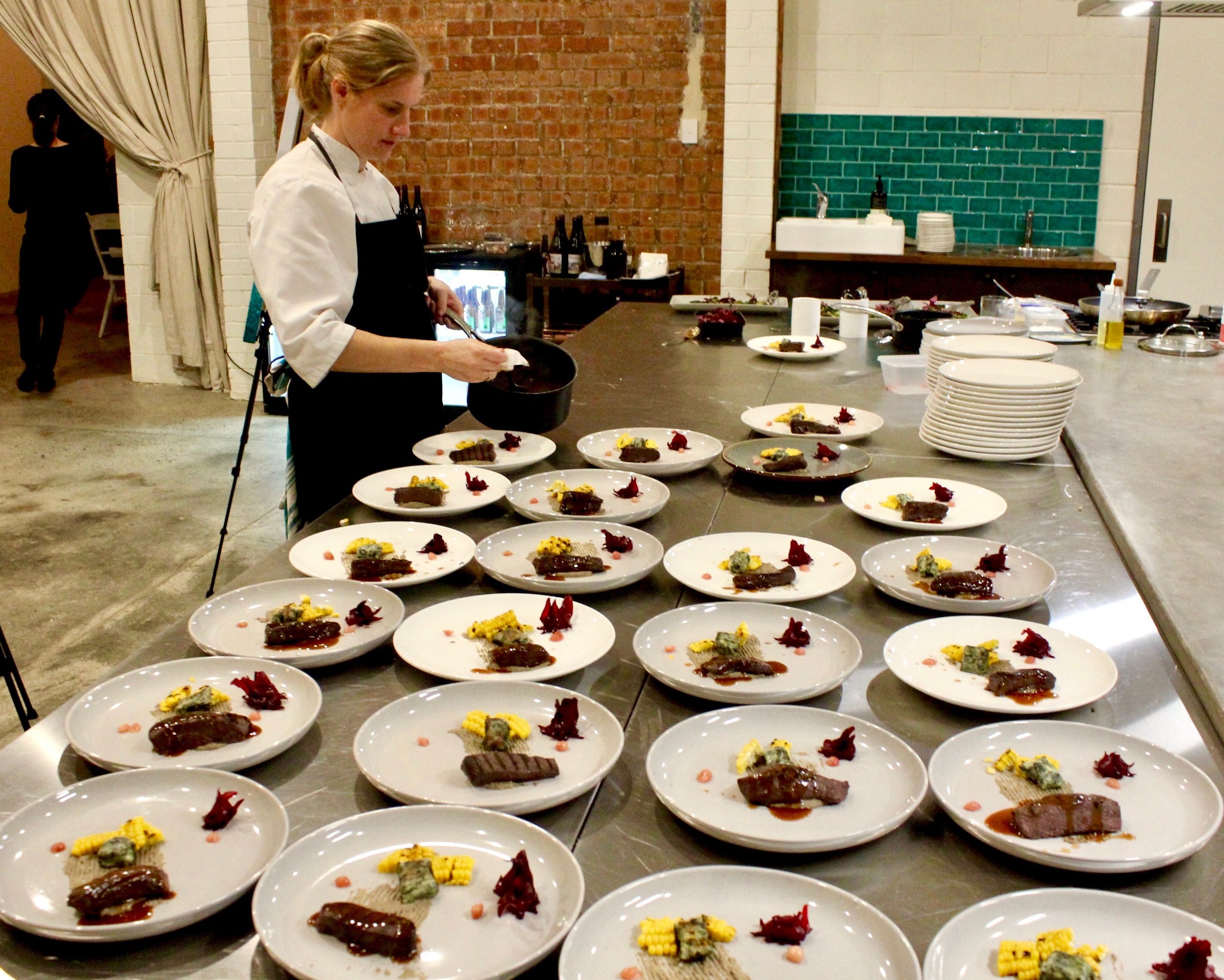Isn’t this fruit gorgeous? Exploring South East Asia sure brings with it some very special finds. Who would have thought we would find Blue Quandong in the middle of a garden city like Singapore.
Elaeocarpus Angustifolius, known in India and South East Asia as the Marble Tree, is also referred to as the Blue Quandong. Native also to the tropical rainforests of northern Queensland, the wood of this rainforest tree is highly valuable and utilised in furniture and boat building. These deep blue, almost perfectly round, fruits have a sour taste and work great in tarts and jams. Though, we think presenting these beauties simply halved on a plate with some vanilla ice cream is perfect enough! The seeds are commonly polished and used in jewellery such as Hindu prayer necklaces called Rudraksha. In Australia, they are often used in seed jewellery, like that made by one of our favourite social enterprises of the Ngaanyatjarra Pitjantjatjara Yankunytjatjara (NPY) Women’s Council , the Tjanpi Desert Weavers.
As many of you may have noticed, RiverMint Dining is currently working between Perth and Singapore. Although our bookings have been limited in Perth, we are doing plenty of culinary research and workshops in Singapore. It is our hope that upon return to normal operations in 2019, we will be able to bring new skills and inspiration to our pop up events and catering options.
Singapore is world-renowned for its food scene. Think of a cuisine and you are sure to find it in this small but vibrant island country. Food here is a national obsession and a uniting link between the various cultures that make up its population. Go to a local hawker's market and the main ethnic groups are represented - Malaysian, Peranakan, Chinese, Kristang, Indonesian and Indian. Eating at a local hawker's market or shopping mall food hall is generally the most popular pastime. Dishes like Haianese Chicken and rice, Chilli Crab, Roti Prata, carrot cake (made with eggs not carrot!) and Laksa are just the start of an enormous repertoire. It is our hope that we can glean new inspiration here whilst in the process learning how to meld food cultures and preserve the integrity and simplicity of an ingredient.
Keep watch for our next blog post where we present a new Asian influenced kangaroo recipe!







